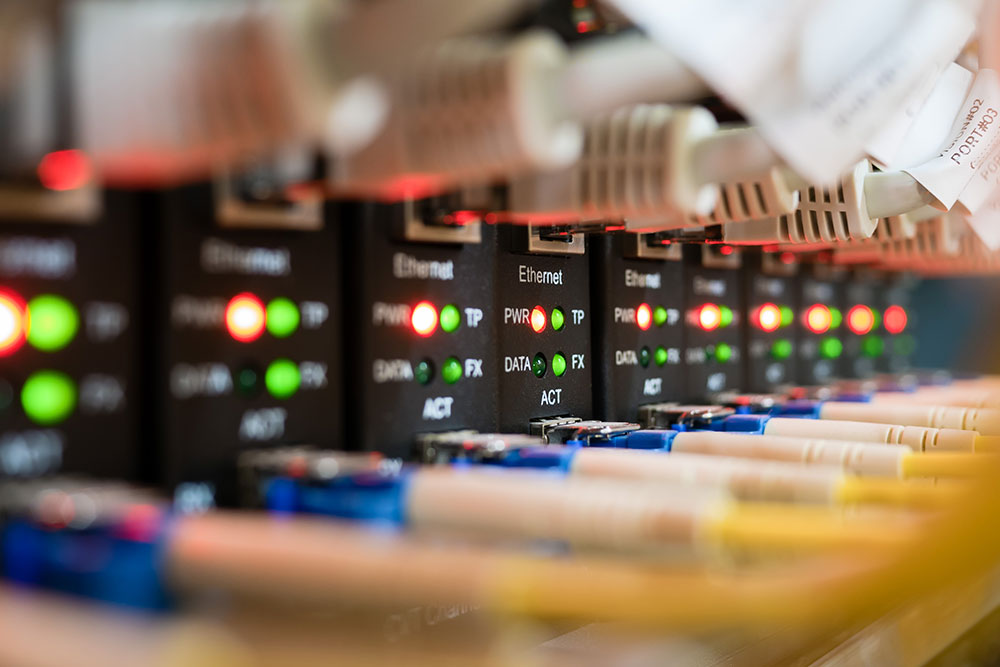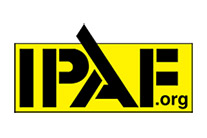Single-mode and multi-mode fibre: what’s the difference?
20th August 2022
When considering your fibre-optic network installation, a question that often crops up is whether to use single-mode or multi-mode fibre cables. The type of cable you need depends on factors such as the transmission distance, the required bandwidth and your budget. Getting this wrong can cause problems and inefficiencies in your network – this article will give you a better understanding of how to make sure you choose the right fibre cables.

Differences in structure
Fibre-optic cables work by transmitting a ray of light containing data, and the ‘mode’ is the path this ray of light takes. Both single-mode and multi-mode fibres consist of a core made from glass or plastic, surrounded by cladding that reflects the mode back into the core to ensure continuous transmission along the fibre.
Both types of fibre have a diameter of 125 micrometres (μm), inclusive of the core and cladding, and are usually surrounded by a primary coating. This is usually 250μm in diameter and colour-coded to enable correct differentiation between fibres within a cable.
A single-mode fibre, as the name suggests, transmits just one beam of light along its core. A multi-mode fibre transmits several simultaneously.
For this reason, multi-mode fibres have much thicker cores than single-mode fibres. Multi-mode fibre cores are usually 50μm in thickness (though OM1 fibres are 62.5μm). These are sometimes displayed as 50/125 and 62.5/125 multi-mode fibres, to show what proportion of the fibre's total thickness is taken up by the core.
Single-mode fibre is 9μm in diameter, sometimes displayed as 9/125 single-mode fibre, with a much thicker cladding to take the total thickness to 125μm.
But how do these differences affect how they work?
Differences in how they work
Contrary to what you may expect, the thinner single-mode fibres support a much higher bandwidth than multi-mode fibres. They can also transmit across much greater distances. The maximum distance and bandwidth of multi-mode fibres are limited by modal dispersion.
This occurs because each mode in a multi-mode fibre travels in a zig-zag fashion, reflecting from the cladding back into the core. Each mode is reflected ever-so-slightly differently as it travels along the core. This means that some modes travel fractionally different distances along the fibre and therefore arrive at the receiving module at different times.
The more information travelling on the fibre, and the greater the distance it travels, the greater the modal dispersion.
When modal dispersion becomes too great, the receiving module is unable to distinguish between the different signals and the transmission suffers. That’s why multi-mode fibres have a lower maximum bandwidth and transmission distance than single-mode.
In a single-mode fibre, the signal remains in the centre of the core and modal dispersion is eliminated.
What does this mean in practice?
Differences in application
The fact that single-mode fibre can transmit stable signals across long distances means it’s often used for long-haul communications and connecting networks spread across large areas.
Single-mode fibre can transmit 40Gbs over several kilometres, whereas the top grade of multi-mode fibre (OM5) can only transmit that over 400-500 metres.
Multi-mode fibres are better suited to Local Area Networks within single premises, and higher-grade fibres will comfortably handle the network needs of most organisations.
A note on multi-mode fibre grades: they range from OM1 to OM5, and the higher the number, the higher their capabilities. OM1 and OM2 are no longer able to deal with the higher bandwidths required by modern networks and are now largely obsolete. New networks should use OM3 or higher.
Both single and multi-mode fibre can be used in the same network. For example, a campus with multiple buildings might use single-mode fibre to connect separate buildings, and then use multi-mode fibre within each building
Difference in cost
Single-mode fibres are typically a bit cheaper to manufacture than multi-mode. So it may seem that, given its superior bandwidth, single-mode is the obvious choice for your network.
However, additional costs in a single-mode network actually mean they are usually more expensive than multi-mode networks.
Single-mode equipment such as connectors and transceivers are often much more expensive than their multi-mode equivalents. The smaller core in single-mode fibres requires much more precision in the alignment of the fibres, leading to more intricate and complex manufacturing.
Also, single-mode fibres use a stronger light source than multi-mode (typically a laser),which means more power is required.
However, as the technology develops, the gap in overall cost between the two types of fibre is likely to decrease.
Conclusion - which type of fibre should I use?
The type of fibre you need depends on the size of your network, your bandwidth needs and your budget. Now that you understand the different applications of single-mode and multi-mode fibre, you’ll be better informed when deciding what fibre to use for your network.
Of course, our experienced and accredited team design, install and manage networks across a range of sectors. We can provide you with efficient, cost-effective and future-ready solutions for your fibre network.
To share this post please choose your platform!
Contact C-Tech Solutions
If you’re looking for an experienced and reliable partner with considerable expertise in network infrastructure, fibre-optics, copper cabling and all related building services then we invite you to reach out to our team.
See why a growing number of organisations trust C-Tech as their preferred supplier.






























